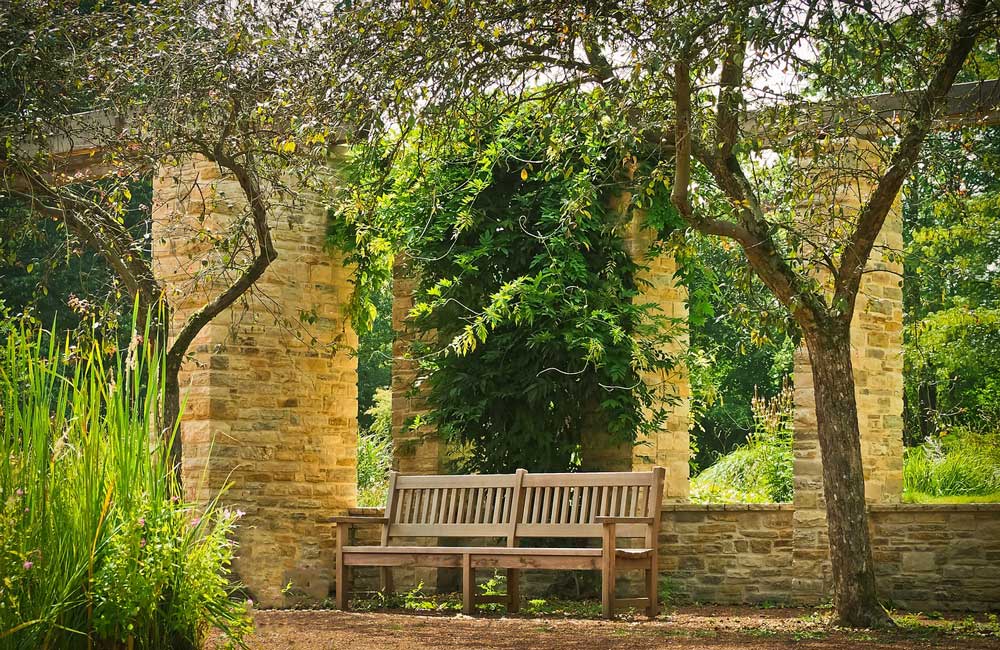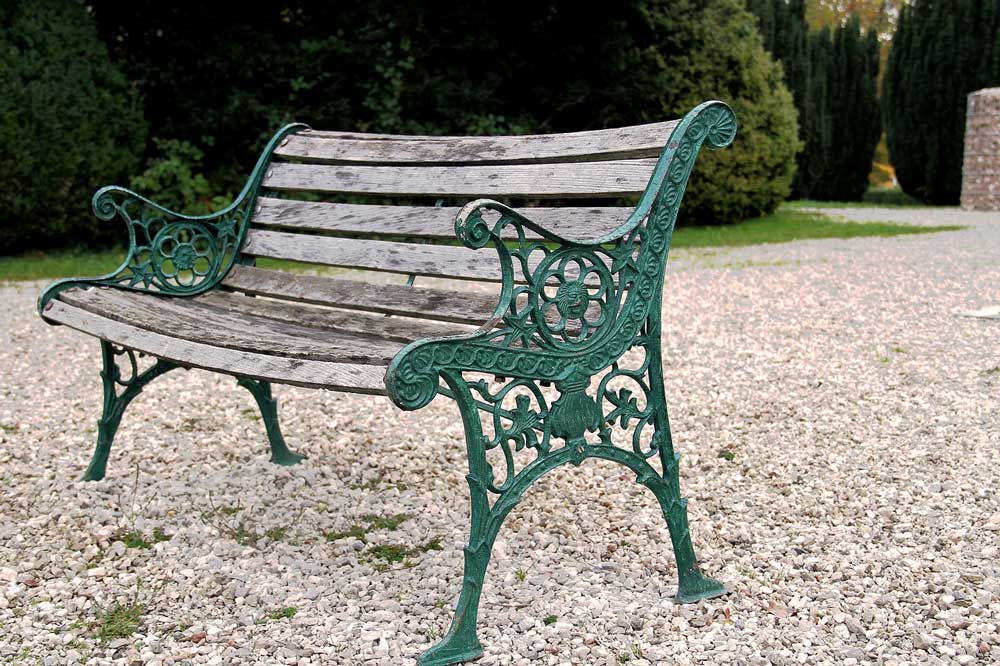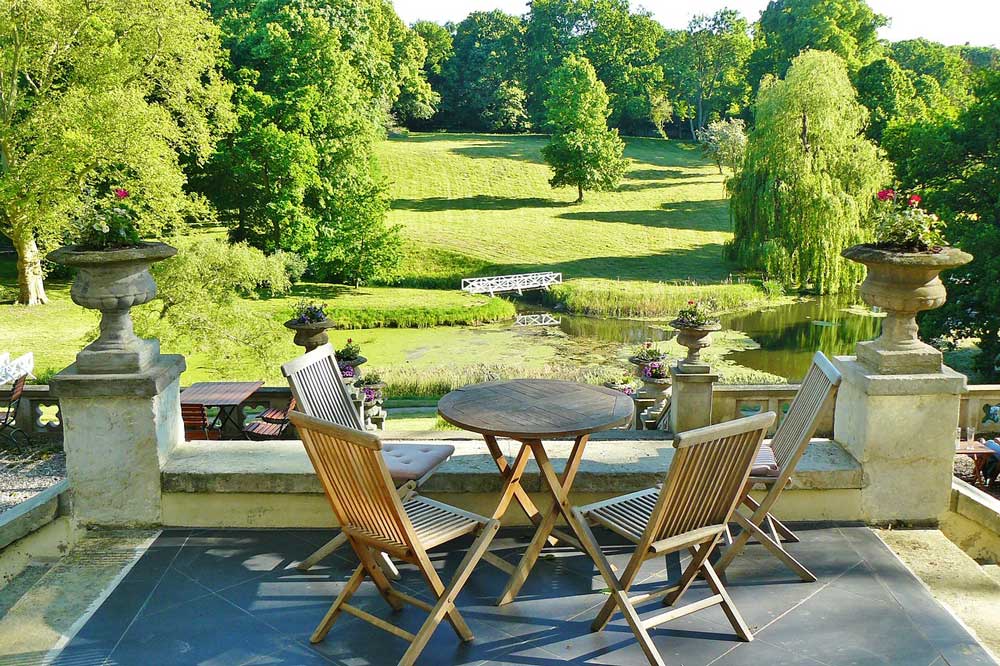Part 1: Garden design techniques
5. Enclosure
People are drawn to enclosed walkways, for example pergolas and archways. Our natural curiosity means we want to see what is on the other side and our instinct tells us that we are safe when we have some enclosure as protection, this goes back to the time when we were prey for carnivorous mammals.
We also feel protected when we sit in a place with some enclosure. In restaurants, for example, people choose to sit at the tables that are round the walls first rather than at the tables in the middle of the room - we feel more secure when we have a wall behind us so that we can be safe from predator attack from behind but can look out at our surroundings in front of us.
Most people would rather sit here with the enclosure behind them:

Than in this more exposed position:

But too much enclosure and we can feel claustrophobic or trapped in, if there is no clear route to be able to run away, and too many predator hiding places, once again we can feel vulnerable.
The answer is in the balance between open space and enclosure. Some enclosure behind a seating area, with a view in front across the garden, would feel like a very appealing area to spend time in.

